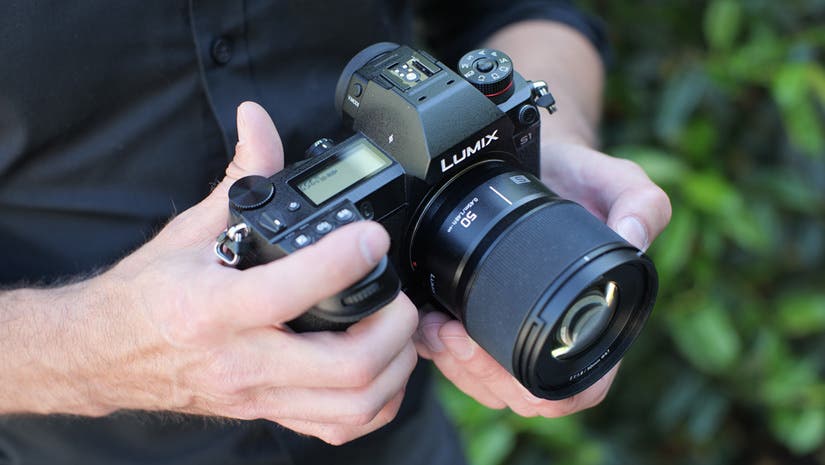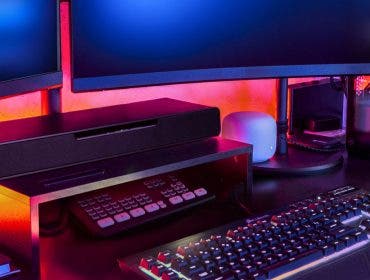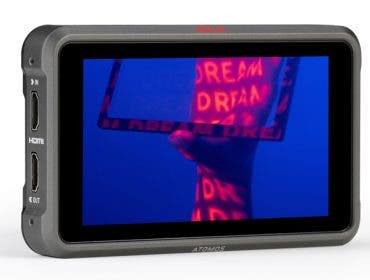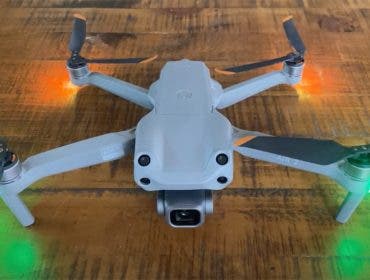The second of four planned L-mount Lumix S f/1.8 prime lenses is on the way. On the distant heels of the 85mm f/1.8, which I reviewed last year, Panasonic has unveiled its LUMIX S 50mm f/1.8 prime that many have been waiting for, including myself.
This is the second lens in a proposed lineup that will eventually include a 35mm and a 24mm that have the same sized housing, weight, filter thread size, and fast f/1.8 aperture that will complete a compact quad set of compact primes. One of the main ideas here, aside from being a set of crisp, clean, and affordable prime lenses for the photo and video shooter, is to have a set of lenses that make 3-axis gimbal shooting easier. There is no weight that will have to be redistributed when changing lenses.

Panasonic LUMIX S 50mm F1.8 L-Mount Lens
You’ll be able to swap out each of these lenses without having to rebalance or re-calibrate your video gimbal. The quality of the Panasonic 85mm f/1.8 impressed me when it hit the market last year. Now after having the chance to shoot extensively with this new “nifty-fifty” on a recent wedding, I am equally impressed. The clarity of these two lenses so far has been astounding and I’m expecting great things from the two remaining lenses in the lineup.
I shot using the 50mm on my Panasonic S1 and although I’m not typically an autofocus shooter (I just prefer to manually rack for greater control) I did find myself using AF mode. The screen tap autofocus was pretty fast and responsive when filming rack-focus detail shots and when tracking faces. I can’t quite get over how sharp and clean these lenses are. Plus, the color replication is spot on. Panasonic really has made this lens a serious contender against lenses far outside of its price point.
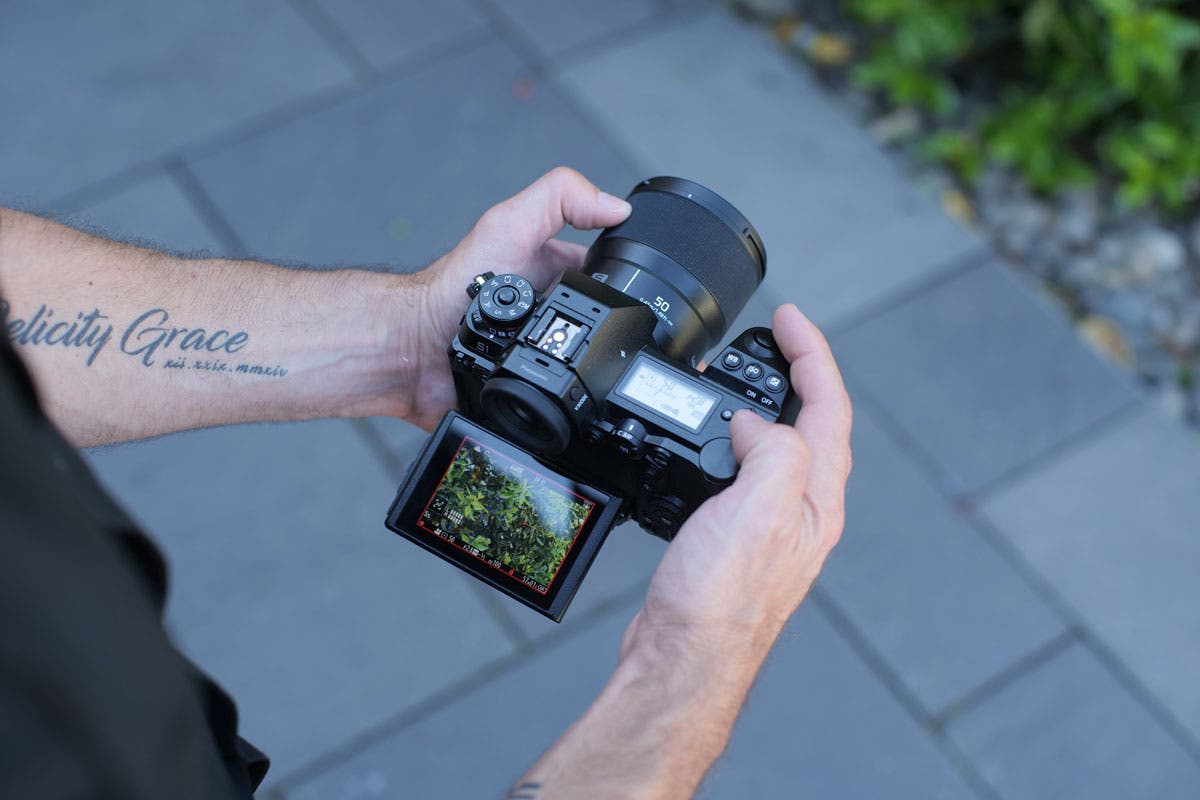
Autofocus Power
Both the 85mm and the new 50mm manage to make Panasonic’s contrast-based autofocus system perform even better. The lightweight profile of the 50mm makes it a fantastic run-and-gun lens. As a handheld video shooter on my weddings, it’s remarkable to me that I’m able to have such a compact lens that delivers heavy-glass imagery. I have to remind myself that I’m not using a kit lens after keeping the LUMIX S 50mm on my S1 for a while.
Be sure to check out my video review of the Panasonic 50mm f/1.8 above. You’ll see what I mean when I say the images are truly beautiful. Shooting handheld video means I can get angles quicker and be more creative.
This 50mm lightens my load and is easier to grab quick shots and rack them in efficiently. The focus ring does take some getting used to since it focuses by wire so you really need to get a feel for the rotation speed in order to nail focus consistently. Focus is adjusted more by how quickly or slowly you turn the focus ring and not be how far it travels in the same amount of time.
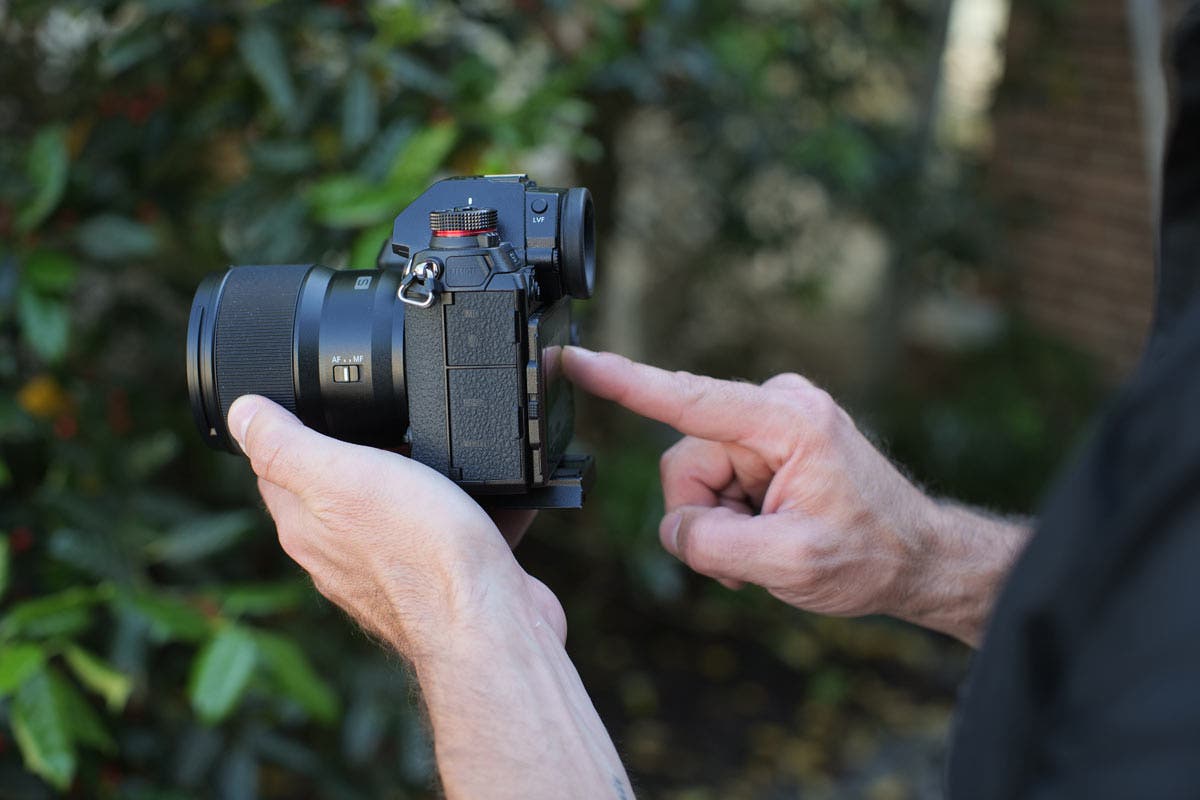
Creamy Bokeh & Lightweight Build
Again, I’m not an auto-focus shooter and I only use Panasonic’s AF features about 20% of the time. I fell in love with the creamy bokeh when shooting down at f/1.8 and since we were shooting at golden hour there were plenty of chances to see how this lens performs in light that flares. To say I’m impressed with the overall image and build quality of the LUMIX S 50mm f/1.8 is an understatement.
The 50mm has nine elements in eight groups, with three aspherical lenses, one ED lens, and a single UHR lens. Your minimum shooting distance is going to be just under a half meter. The thread size is 67mm, just as on the 85mm f/1.8 and also anticipated to be on the 35mm and 24mm lenses when they make their debut. The 50mm weighs in at 300g.
It’s apparent that Panasonic is serious about offering good glass for its S Series cameras and continues to add to the expanding L-Mount line of lenses.
